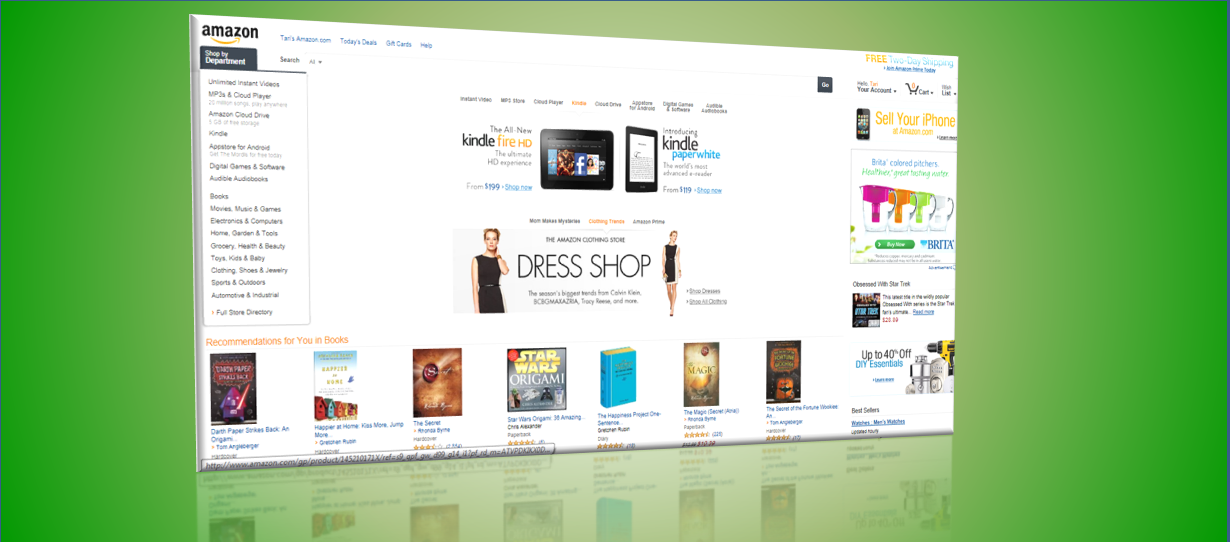The Importance of POS Integrations with Marketplaces Such as Google, Amazon, Etc.
19th Oct 2012

At Modern Retail, we’ve been integrating with a variety of Point of Sale (POS) systems for a long time now. Over the years, we’ve noticed that while retailers often recognize the operational benefits of integrating their Point of Sale (POS) business with their online store, the marketing benefits are often overlooked. Yes, integrating your store’s POS system will allow you to easily manage your website’s inventory and prices, but did you know the same data can be vital for online marketplaces such as Google Products and Amazon?
Sure, you know your POS system does a great job creating purchase orders, receiving and reconciling these goods. However, your POS system also has a hidden gem . . . the collection of other information such as name, description, size, color and especially the UPC code of your products. Many of these attributes have become increasingly important to your online marketing endeavors.
Online Marketing Requirements

For example, on September 22, 2011 Google made a change to their Google Products feed requiring UPC codes. That’s right, if you don’t send a product’s UPC code to Google, your goods will not show up on Google Products. Apparel and handmade goods are exempt from this new Google Products rule, but still require other information such as size and color, which again are all available when you integrate your POS system with your website.
Amazon has similar, if not more extensive, requirements than Google when it comes to selling products on their site. We have found it extremely difficult to send a store’s product catalog to Amazon if it is not integrated with their point of sale system.
Can all of this information be typed directly into your storefront platform? Sure. However, if you have a brick-n-mortar store, you are far better off integrating your in-store POS system with your website. Not only will this negate the need to manage inventory in two locations, your website and POS system, but it’s far easier to grab vital marketplace information from the POS system than typing it into your storefront platform.

